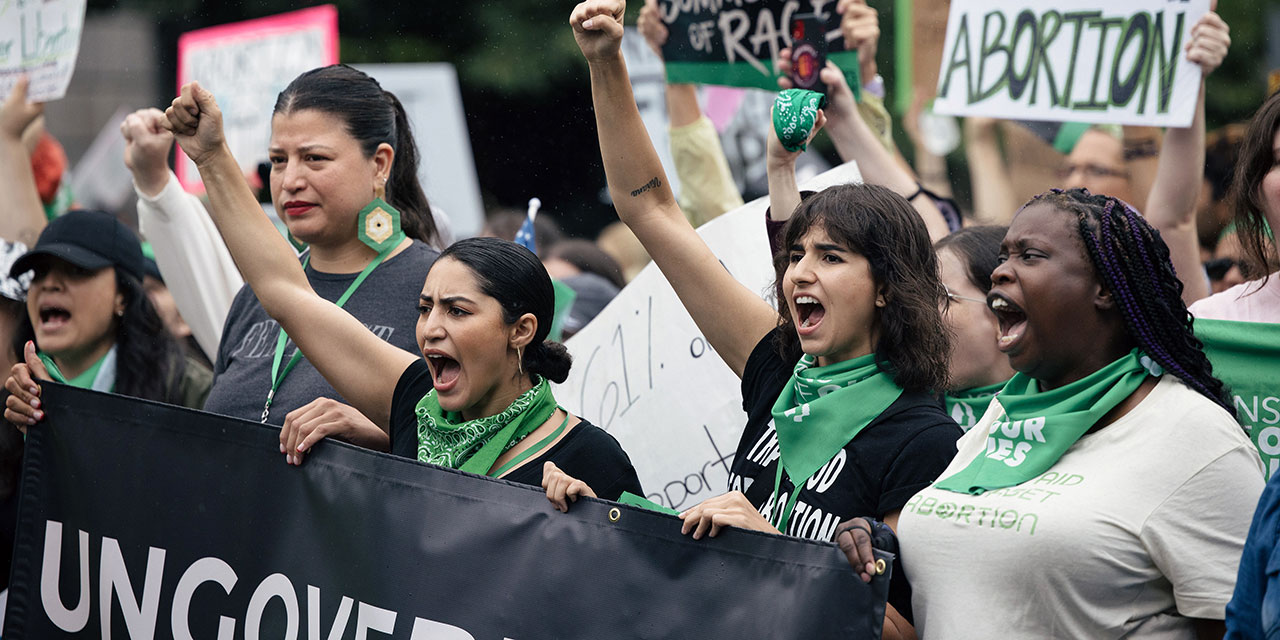Despite claiming years ago to have “the best words,” President-elect Donald Trump is something less than a flawless orator. Consider his remarks during an on-stage appearance this past summer at the annual convention of the National Association of Black Journalists: “I will tell you that coming from the border are millions and millions of people that happen to be taking black jobs.”
Democrats and the media panned then-nominee Trump for appearing to suggest that some jobs are inherently “black.” But they failed to address his intended point: illegal immigrants are competing for, and in some cases taking, jobs held by African Americans.
Finally, a reason to check your email.
Sign up for our free newsletter today.
On this, the data are clearly on the president-elect’s side. A study by Harvard economist George Borjas, for example, found that a 10 percent immigration-induced growth in one subset of the labor supply reduced black male employment by 6 percent. Additionally, Louisiana State University sociologist Edward Shihadeh linked Latino immigration to increases in both black unemployment and violence.
The media frequently dispute any attempt to draw such connections—and they dismiss Trump’s assertions about the relationship between mass illegal migration and criminal offending. Alex Piquero, the former director of the Bureau of Justice Statistics, for example, recently argued in The Hill that “immigrants do not commit more crimes than native-born Americans.”
While this claim is true, it omits critical context. When ordinary Americans express concerns with immigrant crime, they are not referring to graduate students from France or of software engineers from India. They are concerned with specific groups of illegal immigrants, such as the Venezuelan gangs reportedly terrorizing Aurora, Colorado, and their propensity to engage in violent crime.
America’s crime data, however, do not generally include offenders’ nationality or legal status. Indeed, as the authors of Piquero’s cited study concede, crime data in the United States are not sufficiently detailed to analyze the offending rates of various immigrant groups. This is reflected in America’s academic literature, which is dominated by simplistic comparisons between native-born Americans and immigrants—two broad and heterogenous population categories.
In countries such as Finland and Norway, however, crime data are much more granular. There, we see that certain immigrant groups are indeed vastly overrepresented among criminal offenders. Researchers in Norway, for example, found that men migrating from “African-Islamic” countries were twice as likely to have a criminal record as were native-born Norwegian men; the disparity was even larger for violent crime. (I was a coauthor of this study.) Similarly, a study of Finland found that immigrants from Iraq and Somalia were between six and seven times more likely to have committed violent crimes and larceny than were the native-born population.
These studies illustrate that, even if overall crime rates are roughly equivalent between immigrant and native-born populations, specific migrant groups can be and often are disproportionately represented among a nation’s criminal offenders. This is consistent with anecdotal reports in the United States, where cities such as Chicago have reported massive surges in arrests among Venezuelans.
The media and the academy often seek to undermine Donald Trump and his supporters’ claims about immigration and crime. Their unwillingness to grapple with Americans’ concerns about those issues may well have contributed to Trump’s victory. The academy should take this as a lesson: instead of seeking to “debunk” conservative talking points, scholars need to conduct credible research on these crucial and politically salient topics.
Photo by Danny Lehman/Getty Images




